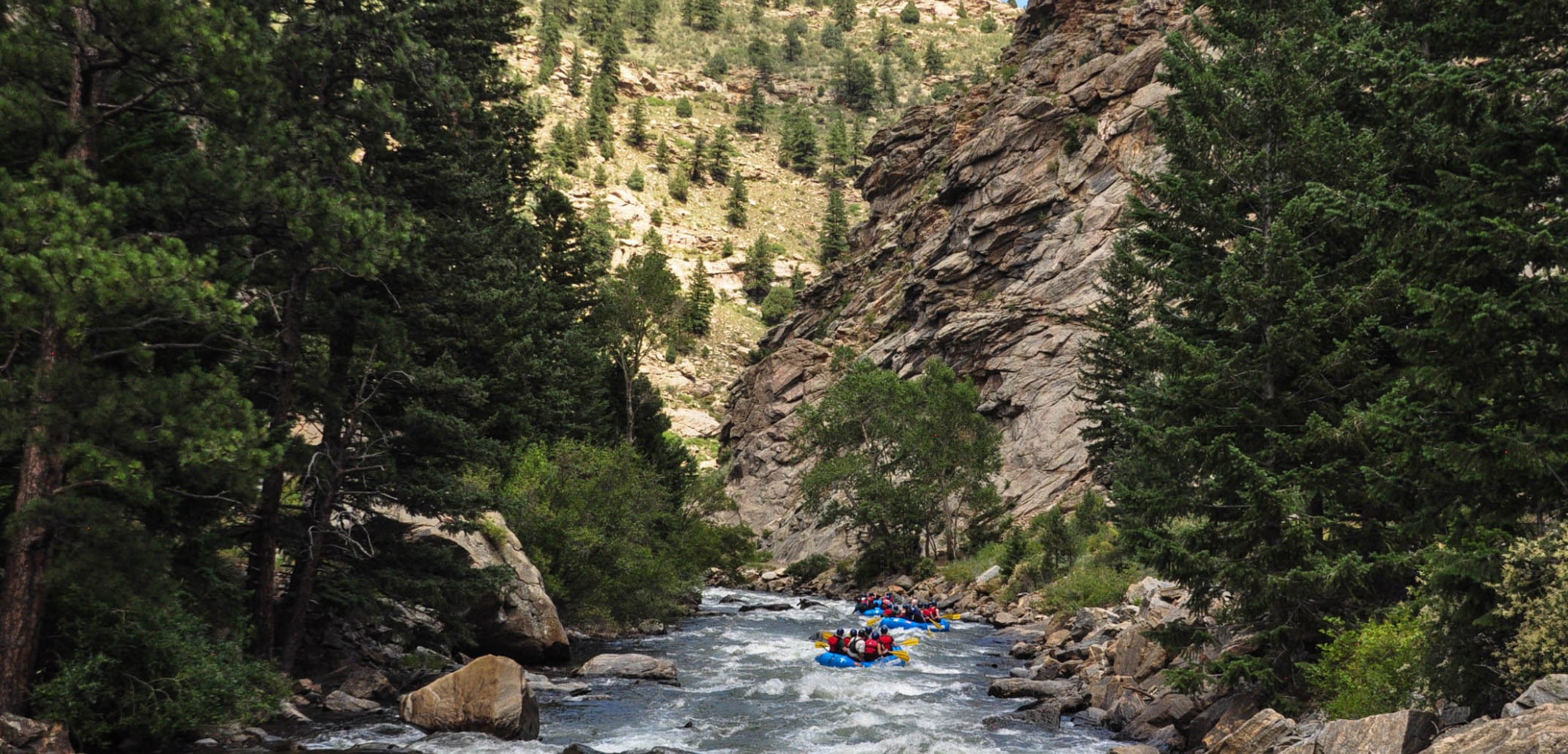
Every year, as Labor Day rolls around, the rivers of Colorado, particularly the picturesque Clear Creek in Golden, bear witness to more than just the joyous splashes of holiday revelers. New research conducted by the Colorado School of Mines and Johns Hopkins University reveals a sobering reality: these waters are being tainted with a cocktail of contaminants, including cocaine.
This isn’t merely a matter of debris or the occasional lost flip-flop. The study focused on a 1.5-mile stretch of Clear Creek, a popular spot for tubing and rafting enthusiasts. During Labor Day weekend 2022, researchers discovered an unsettling array of pollutants downstream from this recreation hotspot. Among the contaminants were painkillers, sunscreen chemicals, and, notably, traces of cocaine.
Clear Creek, which originates near the Loveland Ski Area and winds through Golden, past the Coors Brewery, is a beloved site for water activities. But as the sun-drenched holiday weekend unfolds, so does a surge in the creek’s contamination levels. The study detected various chemicals linked to human activity, including phthalates (a type of plastic additive), lidocaine (a common anesthetic), and even compounds from chemical sunscreens known to harm aquatic life.
The research vividly shows how these pollutants likely enter the water. The presence of pharmaceuticals like acetaminophen and the infamous stimulant cocaine suggests that some visitors might be relieving themselves directly in the creek. This “chemical fingerprint” of human activity is disturbing, highlighting the impact that seemingly innocent holiday fun can have on our natural resources.

Interestingly, the study also noted significant shifts in the creek’s microbiome during the high-traffic days. Bacteria associated with the human gut biome spiked, possibly linked to waste particles introduced by swimmers and tubers. Additionally, the concentration of lead, a legacy pollutant from Colorado’s mining days, increased as the flurry of recreational activity stirred up sediment.
While the contaminants’ levels returned to normal soon after the holiday weekend, the study raises important questions about the long-term impact of such activities on Colorado’s waterways. Clear Creek is just one of many rivers in the state facing growing pressures from population increases and recreational use. With Colorado’s population projected to double by 2050, the demand for these rivers is set to escalate, further challenging water quality management.
For now, the researchers’ message is clear: enjoy the rivers, but do so mindfully. Opt for mineral-based sunscreens, avoid introducing unnecessary pollutants, and remember that our collective actions leave a mark on these precious ecosystems. After all, the joy of floating down the Colorado River should not come at the cost of its health.